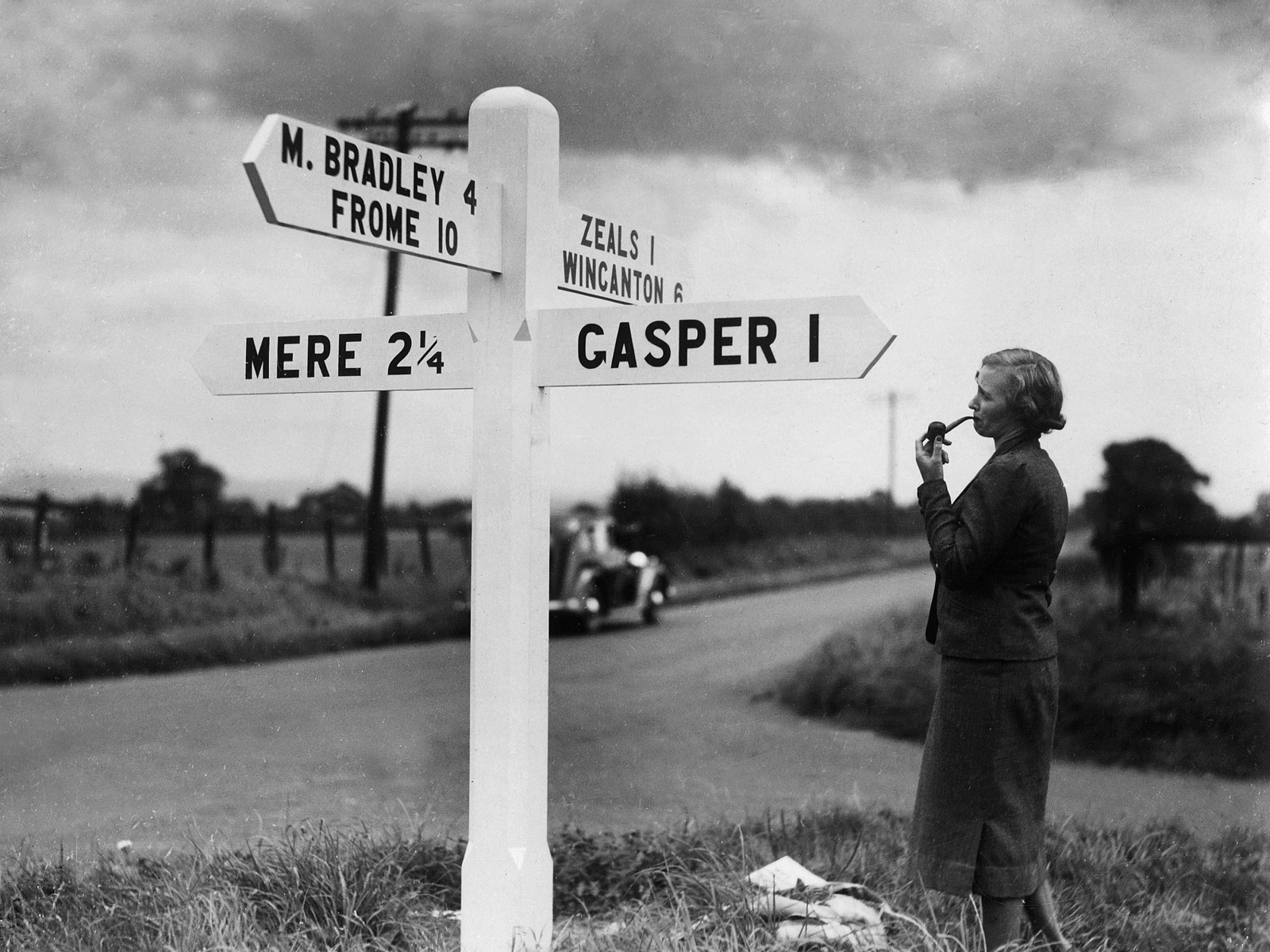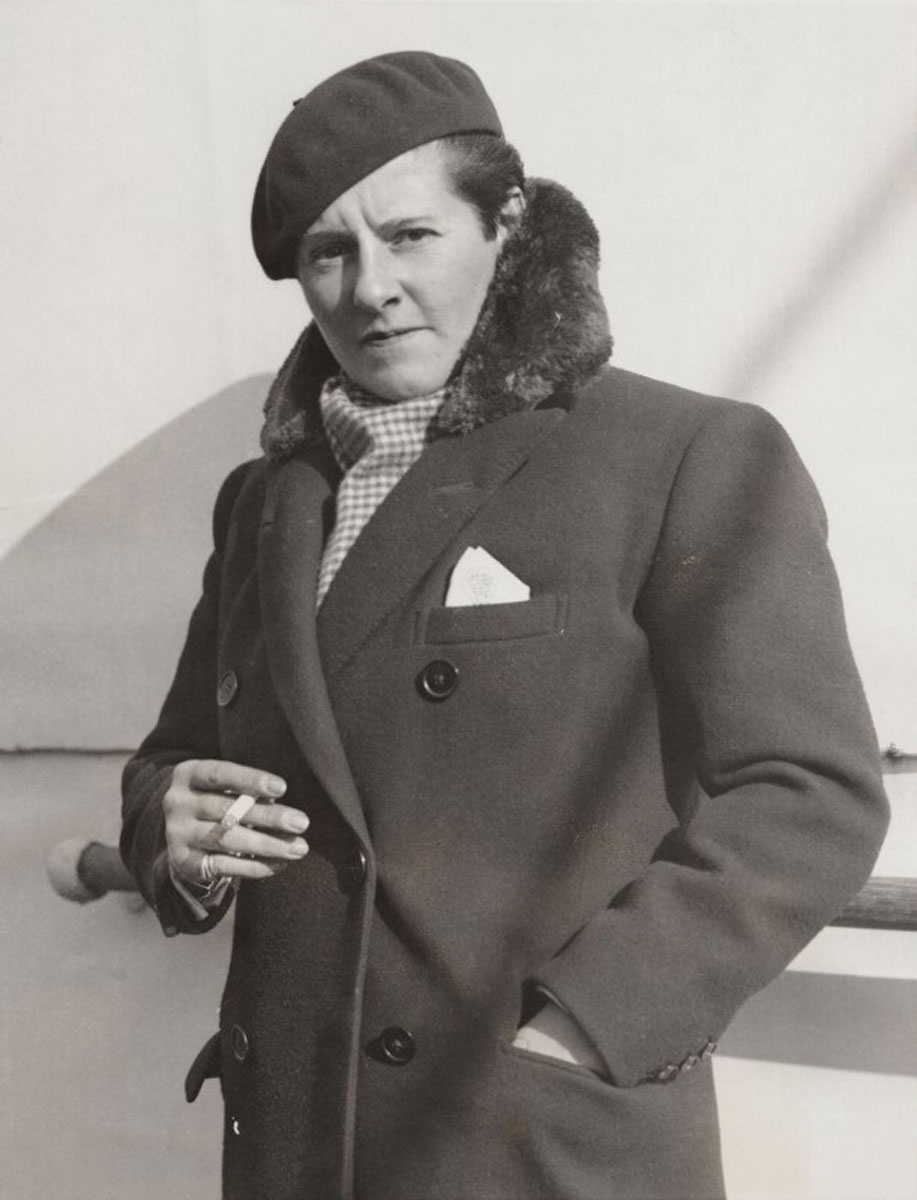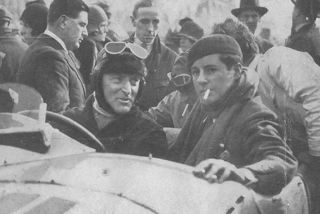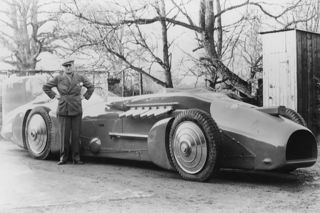
Joe Carstairs – “the greatest sportsman I know”
01 March 2022
Marion “Joe” Carstairs, a bold heiress, defied societal norms with her love for speed and adventure. Known for her motorboat racing and motoring exploits, she broke boundaries in a male-dominated world. With her fearless spirit and unapologetic individuality, Joe became an iconic figure in sporting history.
The life of Marion “Joe” Carstairs is a thrilling adventure, brilliantly documented in Kate Summerscale’s book ‘The Queen of Whale Cay’ (1997). Carstairs loved speed and her most well-known achievements came on the water but her motoring history is just as fascinating. In addition to her own motoring exploits, she supported peers who also pursued ultimate speed, including Malcolm Campbell.
Marion Barbara ‘Joe’ Carstairs was born in 1900 to an American Standard Oil heiress and a Scottish army Captain. Marion’s father re-enlisted in the army and divorced her mother shortly after Marion’s birth. Marion’s mother went on to a series of unsuccessful marriages and struggled with addiction to drugs and alcohol, dying in 1921.
Marion’s unorthodox childhood, with absent father and unstable mother, allowed her the freedom to explore her own identity without restraint and she soon adopted the name of Joe, shrugging off the expectations of her gender. Sporting short hair, tattoos, male attire, confidently smoking cigars, Joe was a force of nature. Her inheritance, of a fortune that reportedly afforded her a weekly allowance of £1,000 (Sunday Pictorial, June 23, 1946) allowed her to pursue her passions without compromise.
In 1916, at the age of 16, Joe went to France to drive ambulances for the American Red Cross. She was already a confident driver – one of her step-fathers adapted a Peugeot racing car for her to drive and kept her supplied in cigars (‘The Queen of Whale Cay’, Kate Summerscale, p. 20). Her spell in Paris during the First World War was not entirely altruistic as she pursued a passionate relationship with fellow ambulance driver Dolly Wilde, niece of Oscar.
After the war, she enlisted with the Women’s Legion Mechanical Transport Section in Dublin driving British officers. This was to be short lived for, in 1919, Joe and some of her female colleagues in Dublin, volunteered to relieve male drivers in France, where there were still casualties and prisoners of war to deal with, as well as work clearing battlefields and rebuilding devastated towns. This was arduous work, as Summerscale writes:
The roads were sunk with craters, and passed through devastated land – churned-up fields of mud, sunken artillery, blasted trees, barbed wire, shell holes, dug-outs, trenches (‘The Queen of Whale Cay’, Kate Summerscale, p. 41).

Marion Barbara (‘Joe’) Carstairs, International News Photos, bromide print, December 1932. ©National Portrait Gallery
The women were demobbed in early 1920 and Joe Carstairs was ready for her next adventure.
Carstairs and three of her friends set up a female chauffeuring business in 1920 called the ‘X Garage’, based in Kensington in London. They purchased a small fleet of Daimler Landaulettes and offered a range of services including touring holidays, trips to the Imperial War Graves and transporting the rich and famous between soirees in London. Their client list included writer James Barrie, the Sultan of Perak and actress Tallulah Bankhead – the latter becoming another of Joe’s conquests.
The X Garage closed its doors for the last time in 1928 and Joe Carstairs turned her full attention to competitive motorboating, but not before coming to the attention of the police for several motoring offences. The Belfast newspaper ‘Northern Whig’ reports in its 7 September 1921 edition that ‘Miss Marion Barbara Carstairs’ was fined £20 for “driving a motor car in a manner dangerous to the public in the City on Bank Holiday”. She was further fined £10 for failing to stop and her licence was suspended for two years. In the Bournemouth Police Courts on 12 November 1921, she was fined £2 for failing to produce a driving licence (perhaps because it had already been taken away!). Again, despite the supposed two year suspension, the ‘West Sussex County Times’ reports on 8 July 1922 that Carstairs was caught driving through Crawley at 21 mph (over double the speed limit) and she was fined once again – £2.

In an (undated) rare audio recording in the Collections of the National Motor Museum Trust, an obviously more mature Joe Carstairs describes meeting Malcolm Campbell when she had car trouble and the friendship that developed between them. Indeed, in 1930, she generously contributed £10,000 to the cost of his Campbell-Napier-Railton Blue Bird land speed car (the modern equivalent of around £500,000). Carstairs wanted to keep the donation secret but on his triumphant return to Britain following his capture of the record at Daytona in 1931, he publicly thanked her. ‘The Sphere’ on 8 February 1931, in its ‘Personalities In The Public Eye Last Week’ page shows a typically taciturn photograph of Joe with the caption “The woman behind the Bluebird”. The recording shows that Carstairs was rather less impressed by Campbell’s “boy”, Donald, who she felt had far less appetite for spee

Joe Carstairs was not to achieve the successes she craved in motor boating, failing to win the Harmsworth Trophy in three attempts. In 1934, she turned towards another adventure, buying a nine mile long island in present-day Bahamas called Whale Cay for $40,000. The island became Joe’s new passion. She set about civilising and transforming it, employing the local inhabitants to build an infrastructure including roads, a lighthouse, a radio station and a museum. She eventually sold the island in 1975 and moved to Florida, where she later died, aged 93 in 1993.
‘The Bystander’ in its 6 February 1929 edition has the following comment about Joe Carstairs:
“Miss Carstairs, if you do not know her, is to be described, I feel, as a masculine woman. She has a man’s mind, which Mr Shaw has said means she “has a mind”.
A combination of her fierce intellect, self-belief, wealth and the liberal attitude of the 1920s allowed her to flourish and command admiration from her male peers. Malcolm Campbell is quoted as saying she was “the greatest sportsman I know” (‘The Queen of Whale Cay’, Kate Summerscale, p. 95). A fitting description of a remarkable woman.

Subscribe for updates
Get our latest news and events straight to your inbox.